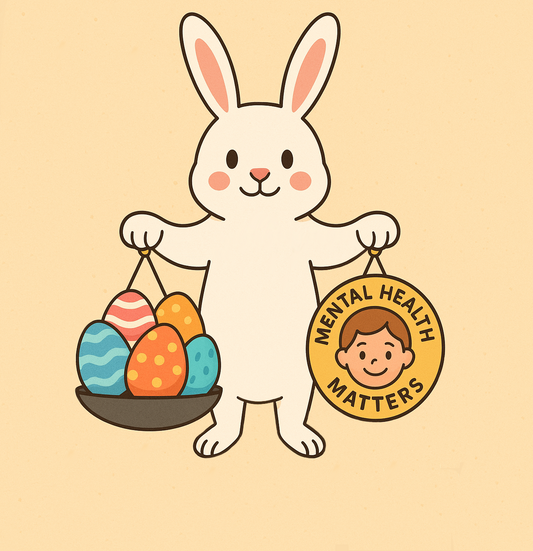We, as mothers, are no strangers to the concept of spinning plates. Each day, we keep multiple plates in motion—work, home, family, and if we can find time, one for ourselves filled with our own passions. We spin them skillfully, mostly unnoticed by those around us. And each night, as we finally place them down, we take a deep breath, relishing the moment of stillness before we wake to do it all over again.
But on the day my child was diagnosed with Type 1 diabetes, I was handed another plate before leaving the hospital—a plate unlike any other. A plate so fragile, so crucial, that I couldn’t afford to drop it. This one wasn’t optional. This plate said Type 1 and had my child’s name on it.
The enormity of the responsibility settled over me like a heavy fog. I had spent days in the hospital absorbing information—learning to count carbohydrates, administer insulin, and recognise the signs of highs and lows. Yet, despite all that, I was still leaving with a mind full of questions and a heart full of fear.
“So, the insulin can cause life-threatening hypoglycemia?”
“Yes.”
“But not enough insulin can cause long-term complications?”
“Yes.”
“So, how do I know how much to give?”
“Well, that depends.”
My head felt like it was going to explode. The reality of diabetes management was more intricate than anything I had ever encountered. It wasn’t just a daily responsibility—it was a 24/7, around-the-clock, never-ending responsibility.
“So, I have to navigate this every single day?”
“Yes, but also at night.”
“What?! You mean, I can’t even put this plate down to sleep?”
“No.”
Surely there had to be a mistake. There must be another treatment, another option, another way. But the doctor assured me that insulin had been the only treatment for over a hundred years. Pumps existed, sure, but they didn’t eliminate the responsibility—only made the spinning slightly less frantic.
I needed to sit down. My legs felt weak, my head swirled. The doctor gently placed the spinning plate in my hands. I stared at it, terrified.
“I’m not ready,” I whispered.
“We know,” the doctor said softly. “No one ever is.”
I clutched that plate with shaking hands and walked out of the hospital, knowing that life would never be the same. The world outside still moved as if nothing had changed. People laughed, traffic hummed, and the sky stretched wide and endless. But our world had changed forever.
And so, I took a deep breath, steadied my hands, and started spinning.
![]()
For anyone with a newly diagnosed child, I want you to know that we all remember our first day of spinning, our first week, our first month, and our first year. We couldn’t sleep either. We were consumed with worry. How would this chronic diagnosis impact our child’s life? How could this have happened to us? Would we ever feel like a normal family again?
I promise you it will get easier. How? Because you will get better at spinning that plate. I hated it for a long time and grieved for our old life. I resented that I couldn’t wipe my child’s name off it. Why did it have to be my child? I was angry that my child was forced to carry a burden too great for his young shoulders—it wasn’t fair. I felt utterly lost, wondering how on earth my child would learn to spin this plate himself. I was struggling, so how would he cope? How would we all cope as a family?
Now, eight years into our journey with T1D, we pass the plate back and forth. He spins it mostly during the day, I take over in the evening, and his dad at night. His grandparents help on the weekends. This is massive progress for us. When he was diagnosed at five years old, he couldn’t even lift the plate, let alone spin it. We’ve already come a long way and mastered so much. I still worry about when he will be ready to take full responsibility, but he knows that home is always a place where he can hand it back for a rest.
So, my advice is to learn tricks to keep it spinning with as little mental effort as possible. Tend to the plate, but don’t obsess over it. You will become stronger, and it will no longer feel as heavy. Embrace all the diabetic technology available to you to reduce the burden of management as much as you can.
When you are ready, teach others how to spin this plate too, so they can help when you need a rest. Others may not do it exactly as you do, but in order to keep going, I have found it essential to let others take a turn. It’s okay—it’s healthy—to do this and take some time for yourself. You must keep your strength up to keep everything spinning as safely as possible.
If you’ve enjoyed this post, please like, comment, and share with friends and family. Is this how your mother felt? Is this how another parent you know is feeling right now? What would have helped you in those early days? What did you need to hear when you were first handed this plate?
If you could give advice to a newly diagnosed parent or adult facing this diagnosis, what would it be? Let’s start a conversation—because no one should have to spin this plate alone.











